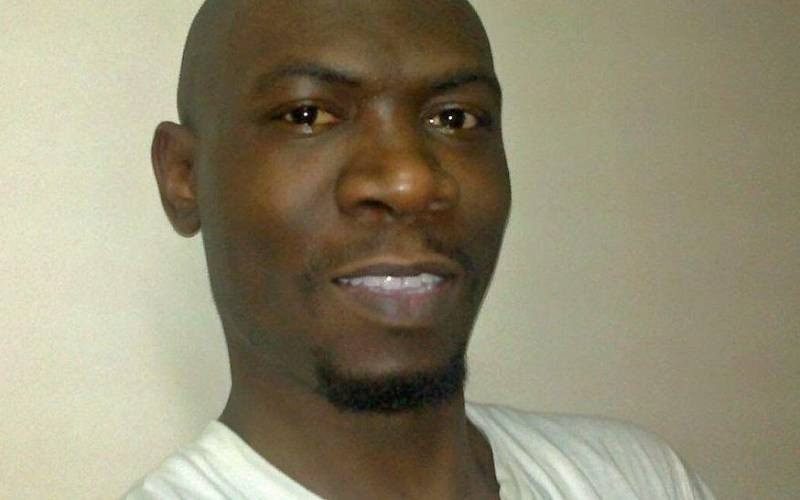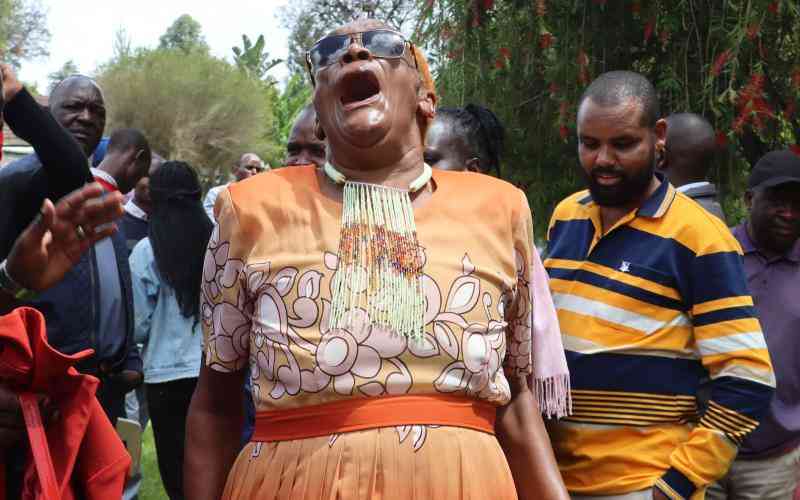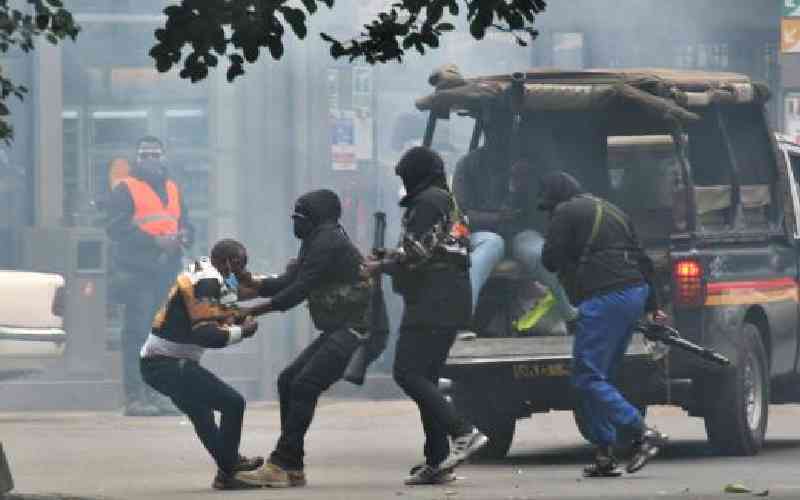Blame shifted towards Saudi authorities on Friday after a stampede at the hajj killed at least 717 people, in the worst tragedy to strike the annual Muslim pilgrimage in a quarter-century.
The disaster, which also left several hundred people injured, was the second deadly accident to hit worshippers this month, after a crane collapse in the holy city of Mecca killed more than 100.
At the scene, bodies lay in piles, surrounded by discarded personal belongings and flattened water bottles, while rescue workers laid corpses in long rows on stretchers, limbs protruding from beneath white sheets.
Dark-skinned and light-skinned, they died with arms draped around each other.
"There was no room to manoeuvre," said Aminu Abubakar, a Nigerian pilgrim who escaped the crush of bodies because he was at the head of the procession.
Fellow pilgrims told him of children dying despite parents' efforts to save them near the sprawling tent city where they stay.
"They threw them on rooftops, mostly tent-tops... Most of them couldn't make it."
The stampede broke out in Mina, about five kilometres (three miles) from Mecca, during the symbolic stoning of the devil ritual. The Saudi civil defence service said it was still counting the dead, who included pilgrims from different countries.
Iran said 131 of its nationals were among the victims, and accused regional rival Saudi Arabia of safety errors.
Islamabad said seven Pakistanis were killed.
Pilgrims at the scene blamed the Saudi authorities and said they were afraid to continue the hajj rituals.
But Abubakar, an AFP reporter based in Kano, Nigeria, said that on Friday morning crowd control had improved and the number of pilgrims was much less.
"Now it's more organised... There's more control from the entry points. We don't expect a repeat of what happened," he said while moving back to the stoning site on the second of three stoning days.
King Salman ordered "a revision" of hajj organisation, the official Saudi Press Agency said, while Crown Prince Mohammed bin Nayyef, who chairs the kingdom's hajj committee, started an inquiry.
Saudi Health Minister Khaled al-Falih blamed worshippers for the tragedy.
Stay informed. Subscribe to our newsletter
He told El-Ekhbariya television that if "the pilgrims had followed instructions, this type of accident could have been avoided".
- 'Heat and fatigue' -
The stampede began at around 9:00 am (0600 GMT) Thursday, shortly after the civil defence said on Twitter it was dealing with a "crowding" incident in Mina.
Hundreds of thousands of pilgrims had converged on Mina to throw pebbles at one of three walls representing Satan, for the last major ritual of the hajj, which officially ends on Saturday.
Thursday's tragedy occurred outside the five-storey Jamarat Bridge, which was erected in the last decade at a cost of more than $1 billion (893 million euros) and intended to improve safety.
Interior ministry spokesman General Mansur al-Turki said the stampede was caused when "a large number of pilgrims were in motion at the same time" at an intersection of two streets in Mina.
"The great heat and fatigue of the pilgrims contributed to the large number of victims," he said. Temperatures in Mina had reached 46 degrees Celsius (115 degrees Fahrenheit) on Thursday.
Witnesses, however, blamed the authorities. One outspoken critic of redevelopment at the holy sites said police were not properly trained and lacked the language skills for communicating with foreign pilgrims, who make up the majority of those on the hajj.
"They don't have a clue how to engage with these people," said Irfan al-Alawi, co-founder of the Mecca-based Islamic Heritage Research Foundation.
"There's no crowd control."
The disaster came as the world's 1.5 billion Muslims marked Eid al-Adha, the Feast of Sacrifice, the most important holiday on the Islamic calendar.
It was the second major accident this year for pilgrims, after a construction crane collapsed on September 11 at Mecca's Grand Mosque, Islam's holiest site, killing 109 people, including many foreigners.
- Iran blames Saudi -
The hajj is among the five pillars of Islam, and every capable Muslim must perform it at least once in a lifetime. Official figures released on Thursday said 1,952,817 pilgrims had performed this year's hajj, including almost 1.4 million foreigners.
For years, the event was marred by stampedes and fires, but it had been largely incident-free for nearly a decade following safety improvements.
There was little immediate information on the nationalities of the dead, though India said 14 of its nationals died, while Jakarta said three Indonesians were killed. Officials in Turkey said at least 18 of its citizens were reported missing.
In Shiite-dominated Iran, supreme leader Ayatollah Ali Khamenei blamed "improper measures" and "mismanagement" by Saudi authorities, who he said "must accept the huge responsibility for this catastrophe".
Condolences came from around the world, including from UN Secretary General Ban Ki-moon, while Pope Francis expressed solidarity with Muslims and voiced the "closeness of the church" in the face of the tragedy.
The stoning ritual emulates the Prophet Abraham, who is said to have stoned the devil when he tried to dissuade Abraham from God's order to sacrifice his son Ishmael.
At the last moment, God spares the boy, sending a sheep to be sacrificed in his place.
Muslims worldwide commemorated Abraham's willingness to sacrifice his son by slaughtering cows, sheep and other animals on Thursday as part of Eid al-Adha.
 The Standard Group Plc is a
multi-media organization with investments in media platforms spanning newspaper
print operations, television, radio broadcasting, digital and online services. The
Standard Group is recognized as a leading multi-media house in Kenya with a key
influence in matters of national and international interest.
The Standard Group Plc is a
multi-media organization with investments in media platforms spanning newspaper
print operations, television, radio broadcasting, digital and online services. The
Standard Group is recognized as a leading multi-media house in Kenya with a key
influence in matters of national and international interest.
 The Standard Group Plc is a
multi-media organization with investments in media platforms spanning newspaper
print operations, television, radio broadcasting, digital and online services. The
Standard Group is recognized as a leading multi-media house in Kenya with a key
influence in matters of national and international interest.
The Standard Group Plc is a
multi-media organization with investments in media platforms spanning newspaper
print operations, television, radio broadcasting, digital and online services. The
Standard Group is recognized as a leading multi-media house in Kenya with a key
influence in matters of national and international interest.









